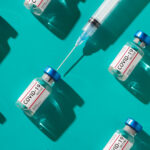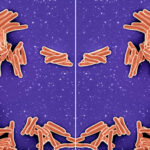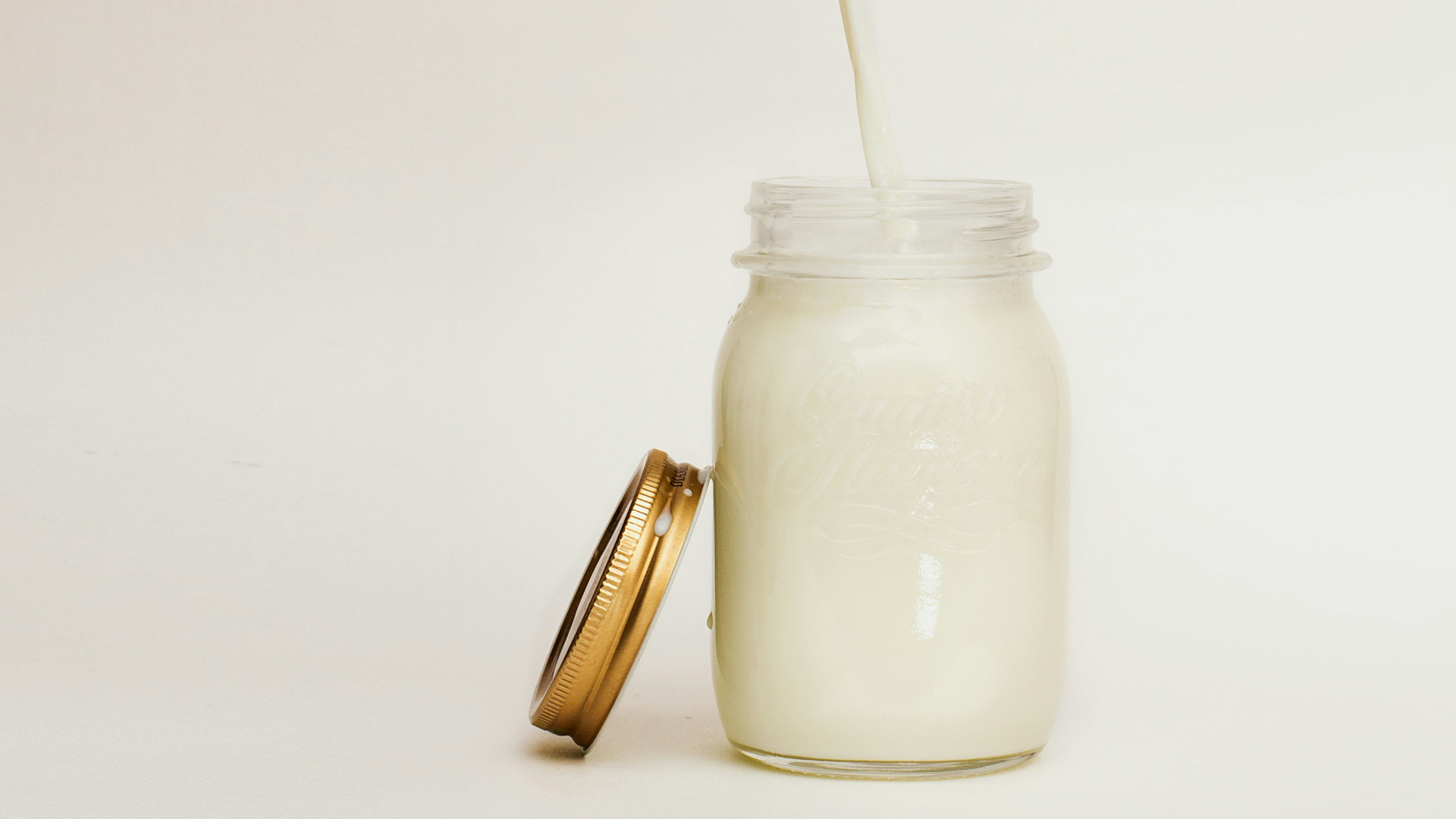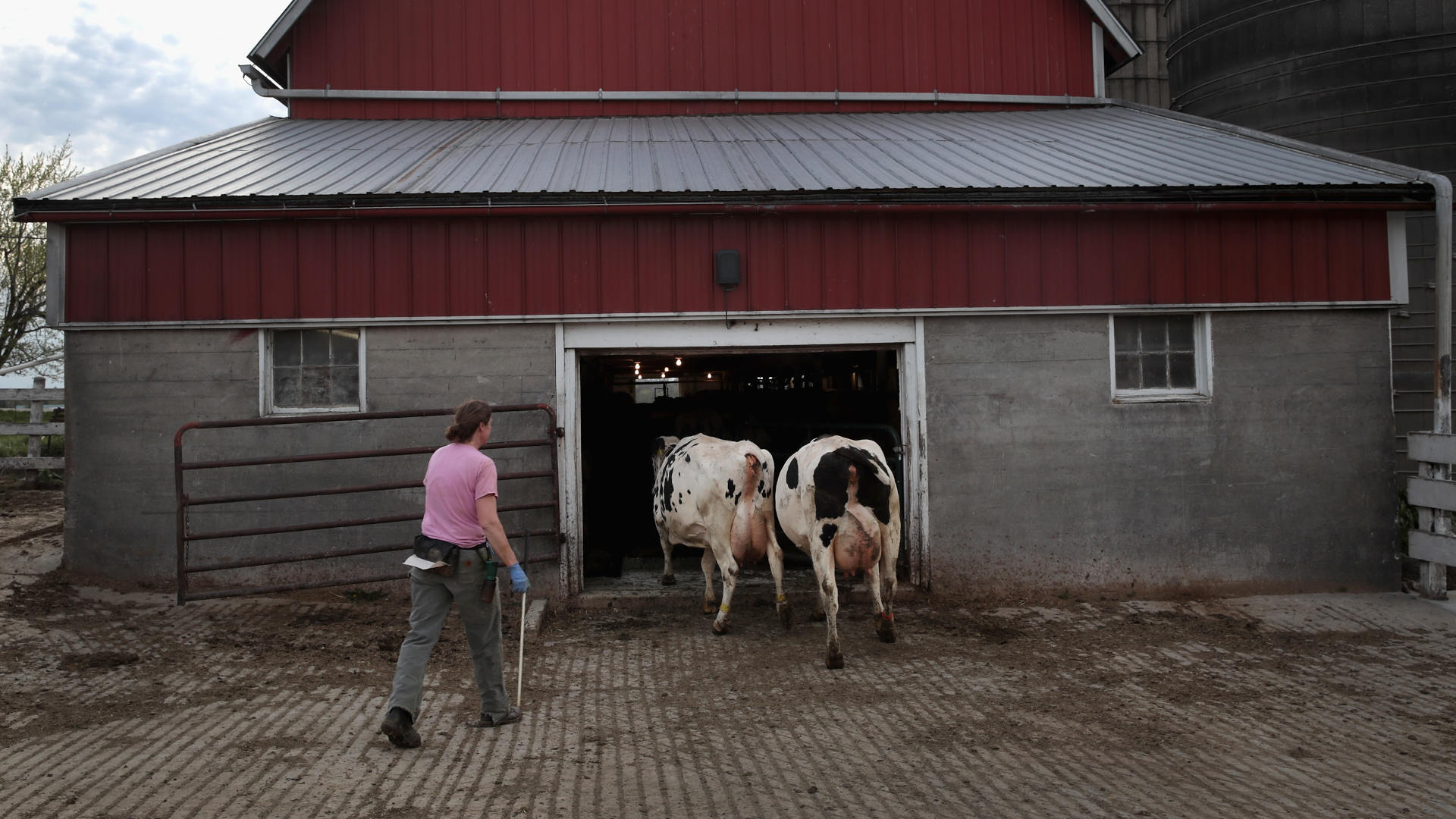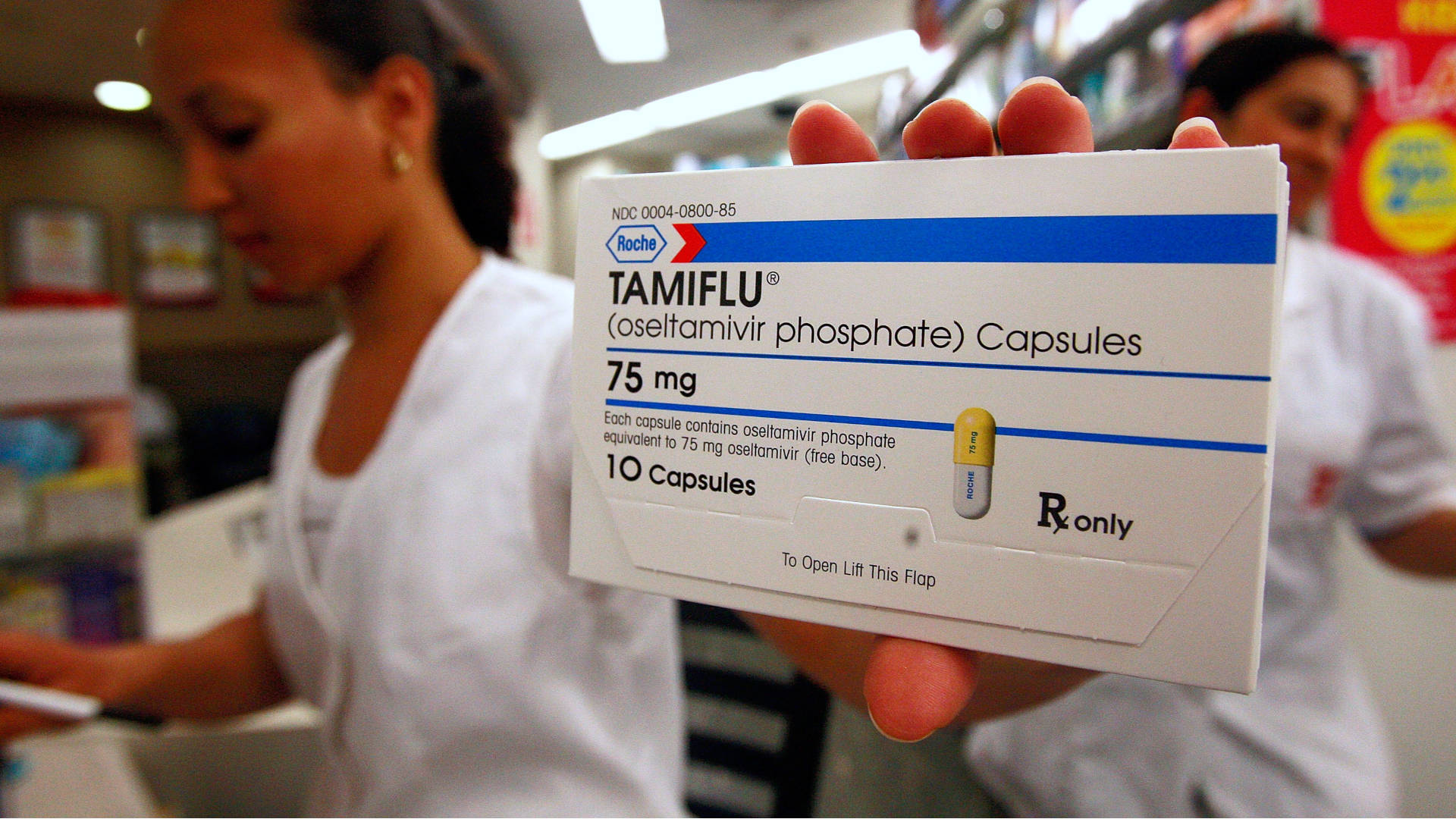Can the Federal Government Make Raw Milk Safe?
The federal government’s advice for raw milk consumers has long been simple: Don’t drink it. But despite the risk of foodborne illnesses, raw milk isn’t going anywhere. Sales have increased in the past year, adding to the over 4 percent of American adults — nearly 11 million people — who consumed raw milk in 2022.
Now, raw milk may be on the cusp of truly breaking into the mainstream — even as fears grow that it may be able to transmit bird flu from cows to people. Health secretary nominee and raw milk advocate Robert F. Kennedy Jr. recently asked raw milk entrepreneur Mark McAfee to serve as an adviser to the FDA on raw milk policy and standards development, McAfee says.
This story first appeared in NOTUS, a publication from the nonprofit, nonpartisan Allbritton Journalism Institute.
But what should those standards be? Dairy experts, raw milk producers and raw milk consumers say standards are important for the raw milk industry because they help ensure that only high-quality and safe raw milk products make it to the market. But some cautioned that developing and implementing stringent raw milk regulations would face a wide range of hurdles — and that making raw milk verifiably and reliably safe at a national scale might even be impossible.
McAfee isn’t discouraged. He told NOTUS that he’s confident that his approach to standards can help bring safe raw milk nationwide under the coming Trump administration.
“I want to be a tool for good, and I will dedicate a couple years of my life to making sure we have high standards, farmer training, and good testing so we can actually have a long, long, long future, which is bright for raw milk and local farmers,” he said.
Milk is regulated by the states. If McAfee gets the role with the FDA, his first obstacle will be convincing all 50 of them to adopt a standard set of raw milk rules.
There’s precedent for doing this: The FDA has long published guidelines for conventional pasteurized milk that all 50 states have adopted.
But raw milk is currently regulated very differently from pasteurized milk. Since the FDA doesn’t generate any guidelines for raw milk other than, essentially, “please don’t drink it,” each state has come up with its own rules for raw milk production and sales, ranging from a total ban to licensing and testing requirements to a hands-off don’t-ask-don’t-tell approach.
Dairy experts, raw milk producers and raw milk consumers say standards are important for the raw milk industry because they help ensure that only high-quality and safe raw milk products make it to the market.
McAfee, who is also chair of an organization that develops raw milk standards and accredits raw milk producers, would like to put raw milk standards more in line with those for pasteurized milk. He told NOTUS that he would ask Congress to establish a Raw Milk Ordinance that would operate similarly to the Pasteurized Milk Ordinance, standardizing raw milk across the states. McAfee said he would base these guidelines on those produced by his organization, Raw Milk Institute, but would build on those standards using the FDA’s scientific expertise and technology.
“The Raw Milk Ordinance is going to have a far-reaching effect because once you initiate the launch of something that’s so progressive and so warm and supportive of farmers, consumers are going to absolutely rejoice and be happy that they don’t have to drive 300 miles to get raw milk,” McAfee said.
But even if McAfee were to convince the FDA to create a Raw Milk Ordinance, it would still have to be adopted by each state individually. While some states have recently made raw milk more accessible, most still only allow it to be sold under certain conditions — with labels saying it’s not fit for human consumption, for instance, or only via on-farm sales.
One thing that could coax states into adopting a raw milk standard is if the FDA lifted its ban on the interstate sale of raw milk. Kennedy and Trump’s nominee for FDA commissioner, Marty Makary, could work with McAfee to make such a change. Lawmakers have also recently attempted to circumvent the FDA’s ban and legalize interstate raw milk. Kennedy and Makary did not respond to questions about whether they would support such a change.
One raw milk producer told NOTUS that his excitement for the industry’s future under the Trump administration was tempered by the inherent uncertainty of the state-to-state regulation system.
“We could have the federal government no longer looking to completely strangle raw milk out of existence — that’s great,” said Ben Beichler, whose family owns Creambrook Farm in Middlebrook, Virginia. “But still, we have to look at it on a state-to-state basis. It’s exciting, but it’s also unsettling at times, because you’re like, ‘How’s my state possibly going to respond to those changes?’”
Beichler and other farmers and dairy experts said that even if a Raw Milk Ordinance was published by the FDA and adopted by all of the states, it would still be difficult for many small farmers to come up with the resources necessary to implement it. As of this month, Raw Milk Institute’s website only lists 35 farms accredited by the organization.
Regulation can be necessary, Beichler said, but only until it puts too high a “burden on farmers and producers.”
“I know Mark has his heart in the right place, and I think he’s gonna work really hard to make sure that balance is struck really well,” he said.
“We have to look at it on a state-to-state basis. It’s exciting, but it’s also unsettling at times, because you’re like, ‘How’s my state possibly going to respond to those changes?’”
One farmer licensed by Illinois to sell raw milk said that while he’d started the process to become accredited by Raw Milk Institute, he hadn’t finished the paperwork — in part because the required level of pathogen testing didn’t seem necessary for the size of his farm.
“I think if people are in a higher risk situation, then maybe it makes sense,” said the farmer, Cliff McConville, who owns All Grass Farms and says he milks 24 cows. “If I was milking 400 cows, I’d be wanting to do a lot more testing on my bulk tank to make sure that it’s clean because I don’t know who’s milking all 400 of those cows.”
Even now, said McConville, many farmers in Illinois who want to sell raw milk to just a few customers don’t bother jumping through the hoops the state requires to get licensed.
“I think there’s only 12 of us in the state that actually have the permit. And I know there’s a whole lot more than 12 farms that are selling raw milk,” McConville said.
Dennis D’Amico, an associate professor of microbiology at the University of Connecticut who helps raw milk cheese producers ensure that their quality and safety protocols are effective, said that he often has to educate producers on the basics of cleaning and sanitation — the importance of making sure cleaning solutions are the right temperature and concentration so that they will actually work, for instance, or why it’s crucial to take apart equipment before disinfecting it to make sure that it’s totally clean.
“I think there’s only 12 of us in the state that actually have the permit. And I know there’s a whole lot more than 12 farms that are selling raw milk.”
“If you aren’t in the food-production world, which a lot of dairy farmers aren’t going to be, you’re just not thinking of these things,” said D’Amico.
But McAfee says that his approach to raw milk regulation would be welcomed by farmers because it would be coming from a fellow raw milk producer.
“I don’t think this is a kind of a police force, top-down kind of thing. I think this is a grassroots kind of thing,” McAfee said. “If you come out and say, ‘We’re going to help the farmers to make world-class raw milk,’ and you put on a face of friendliness and face of health versus obligatory top-down police action, you’re going to have a lot more of a welcoming environment for farmers to want to adopt those standards and go forward.”
Raw Milk Institute’s standards currently ask farmers to run tests that look for markers of the presence of bacteria at least monthly. These tests are commonly used across the dairy industry, inexpensive, and relatively easy for farmers to conduct themselves.
McAfee said that Raw Milk Institute requires these markers to be at very low levels — lower than the levels required for milk that is going to be pasteurized. “The bottom line is we have a standard for raw milk, which is sanitary, clean, delicious, and extremely healthy,” McAfee said.
But tests that look for indications of bacteria in milk — as opposed to actually looking for the bacteria itself — can’t totally rule out the presence of harmful pathogens, said Donald Schaffner, who chairs the food science department at Rutgers University.
“If you aren’t in the food-production world, which a lot of dairy farmers aren’t going to be, you’re just not thinking of these things,” said D’Amico.
Raw Milk Institute also asks that farmers test for pathogens like salmonella, E. coli, and listeria “according to each farmer’s individual risk analysis and management plan.” But the Raw Milk Institute standards allow small farmers who don’t have access to pathogen-testing labs to skip those tests and rely solely on bacterial markers “as a general indicator of milk hygiene and safety.”
Currently, some states require raw milk producers to send in samples to state labs for pathogen testing — but not at a high enough frequency to actually ensure safety, D’Amico said.
“In the state of Connecticut, I think they do once-a-month sampling,” D’Amico said. “It’s better than a lot of other states. But when we compare it to other industries, it’s certainly not a great frequency of testing.”
McAfee said he would advocate for more frequent pathogen testing, especially for raw milk producers who sell their products at retail locations. To make it more cost effective, he would push for larger-scale producers to conduct the tests themselves, rather than sending samples away to labs.
But Beichler said that that level of testing was financially out of reach for him and other farmers.
There is one big problem with relying on testing, Schaffner said: The level of testing that would be required to ensure that all raw milk was totally safe would be impractical.
“The nature of microbiological contamination, especially with pathogens, is that it’s infrequent and it’s at low levels,” Schaffner said. “The only way to make sure that 100 percent of the milk is safe is to test 100 percent of the milk.”
So much testing would be good news for companies selling testing equipment, but bad news for any raw milk producer who wants to actually have a product to sell.
“No matter what you find in the laboratory, you’re not going to have any illness, because all the milk has been tested and there’s nothing left to drink,” Schaffner said.
Tests that look for indications of bacteria in milk — as opposed to actually looking for the bacteria itself — can’t totally rule out the presence of harmful pathogens.
McAfee’s cleanliness and testing standards have not been enough to keep people from getting sick after consuming Raw Farm’s milk. The company’s products have been involved in 13 recalls since 2006 and have caused six outbreaks of foodborne diseases, like E. coli, listeria, and salmonella.
The most recent recall was announced after Raw Farm’s products tested positive for the H5N1 virus, also known as bird flu. Although there have been no confirmed human cases of bird flu caused by raw milk consumption, the Los Angeles County Health Department recently announced that they were investigating whether two cats who died of respiratory illnesses may have contracted bird flu from Raw Farm’s milk.
McAfee told Politico that he believed the recall was a political decision that the FDA pressured the state to make in order to keep raw milk from “thriving.”
McAfee says some consumers prefer raw milk because they are able to purchase it directly from farmers. But while scientists say the best way to keep milk safe is to simply not rely on imperfect measures like cleanliness and testing — and to instead use a process that treats the milk in a way that ensures it’s safe — the most commonly used method, pasteurization, is complicated and costly. A do-it-yourself approach is out of the reach of small farmers who want to reduce the amount of time that passes between milking a cow and selling it to a consumer, D’Amico said.
“It’s far easier to sell raw milk than to sell pasteurized milk because you don’t need any additional equipment beyond getting it somehow from a bulk tank to a bottle,” D’Amico said.
The Los Angeles County Health Department recently announced that they were investigating whether two cats who died of respiratory illnesses may have contracted bird flu from Raw Farm’s milk.
Another draw? The relatively “uncleanliness” of raw milk: Some of the benefits are thanks to the diverse microbial communities present in milk that hasn’t been pasteurized, according to McAfee.
“We put ourselves in a sterile bubble of trouble in America and that causes more visits to the doctor when we should be having more visits to the farmers market,” McAfee said.
There’s scientific evidence to support this: Studies in Europe have found that children who drink raw milk exhibit lower rates of asthma. These studies prompted researchers in Germany to run a trial where children with family histories of asthma were given raw milk to see if it would have a protective effect. The results of that trial have yet to be published.
Removing the harmful elements of raw milk while preserving the potentially beneficial microbes is likely impossible.
“There isn’t a technology that will only kill the bad bacteria and won’t kill the good bacteria, at least as far as I know,” Schaffner said.
Peg Coleman, a microbiologist who studies risk assessment and is on the board of the Raw Milk Institute, said that part of the reason she drinks raw milk is for the beneficial microbes.
“Getting a fresh, unprocessed jar of milk is a totally different experience than drinking pasteurized milk,” Coleman said.
Margaret Manto is a NOTUS reporter and an Allbritton Journalism Institute fellow.






